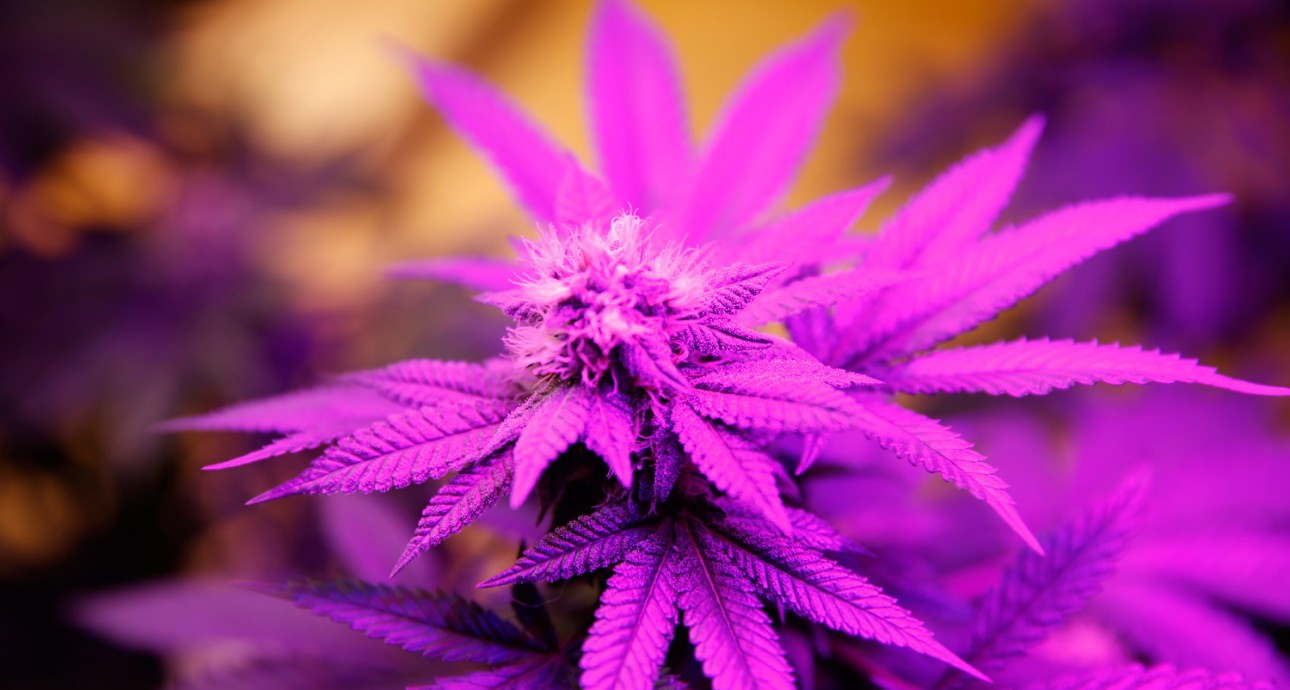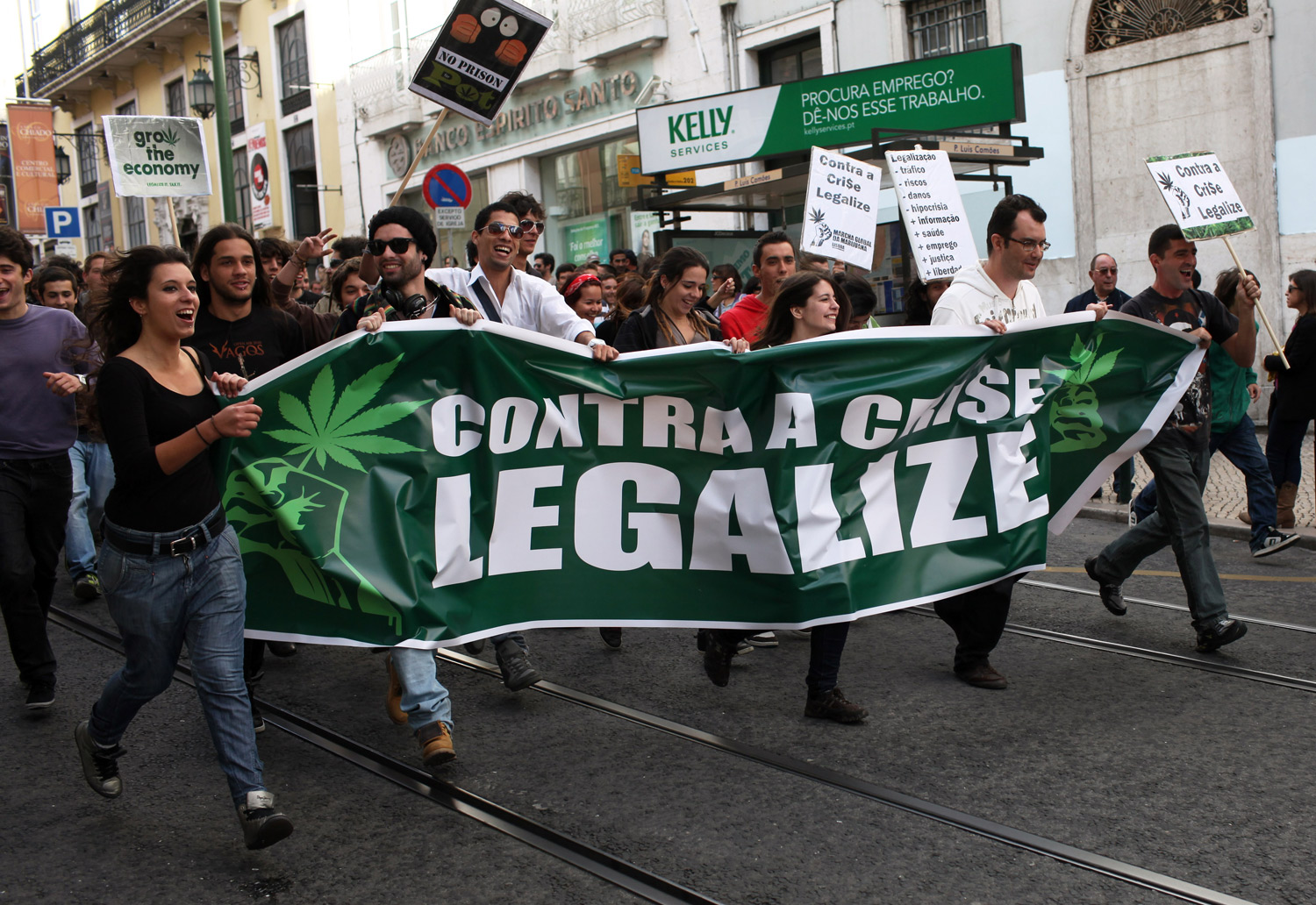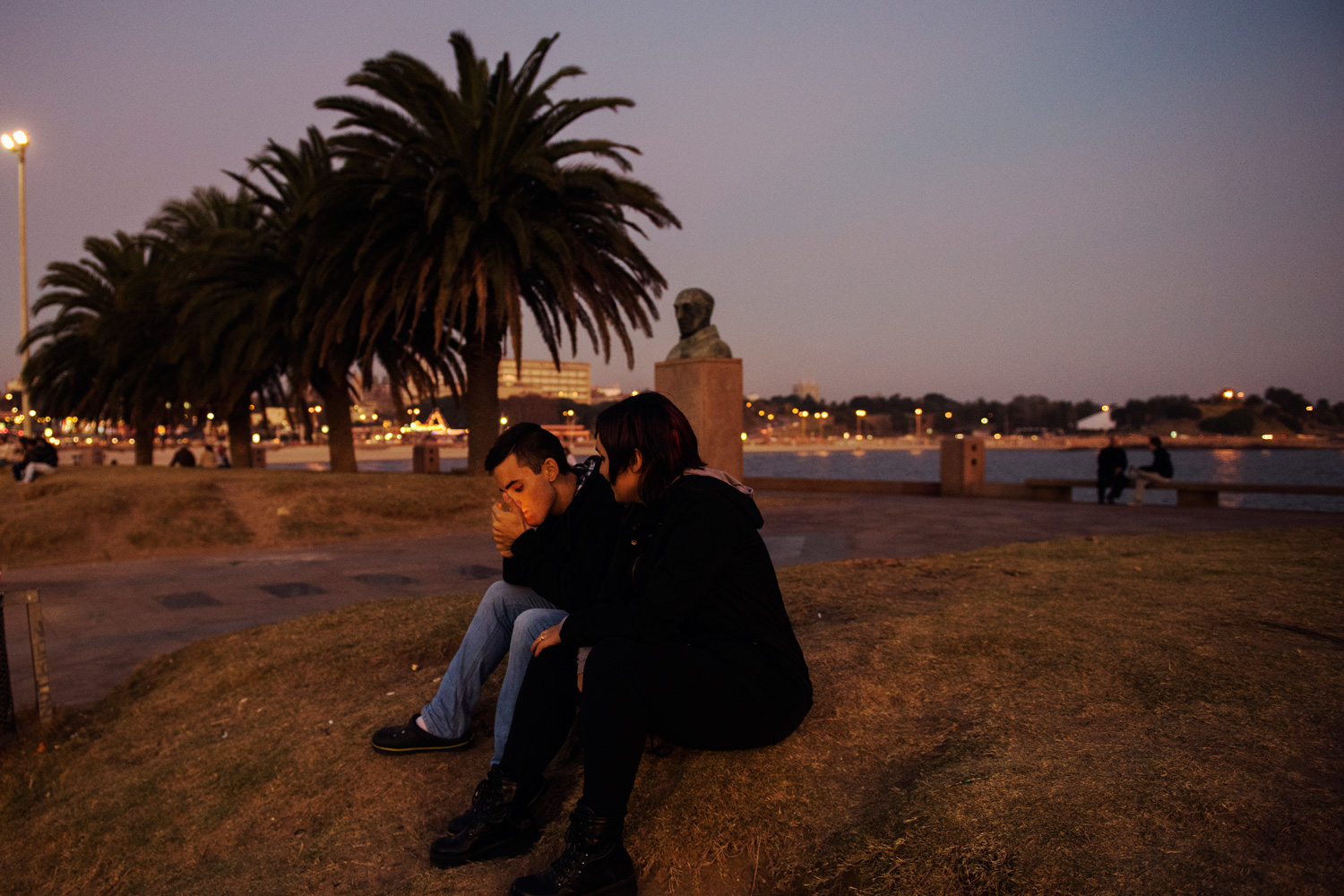
Drug Freedom: What We Learn from the Experience of the Netherlands, Portugal, and Uruguay
What is the difference?
Legalization: “We had two bags of grass, seventy-five pellets of mescaline, five sheets of acid, and a saltshaker half-full of cocaine. And they still had nothing on us.”
Decriminalization: “We had two bags of grass, seventy-five pellets of mescaline, five sheets of acid, and a saltshaker half-full of cocaine. We were fined, all the drugs were confiscated, they opened a file on us in a special commission and told us that the next time we might lose the welfare benefits and taxi driver’s license, and would be banned from nightclubs, prohibited from carrying firearms and going abroad.”
According to the UN, the number of drug users all over the world has increased from 203 to 246 mln people between 2008 and 2013. Production has increased accordingly. States spend huge budgets on their war on drugs — to counter illegal circulation, increase in crime rate, and high death rate from overdose — but the results of using force are questionable. This is why some states take experimental steps to liberalize the legislation. In 2014, the Global Commission on Drug Policy presented a report, where it called for the legalization of most drug substances. Let us examine the most prominent examples of countries that have started the process of decriminalization.
Portugal
The number of states that have tried to decriminalize drugs in different ways has long ago reached more than twenty. And yet, Portugal remains the only country that fully made their possession and use not punishable by criminal law. Portugal’s experience is also the oldest: the corresponding legislation has been in place since July 1, 2001.
The prerequisite for adopting this law was the failure of traditional methods for fighting drug addiction in the country: about 1% of population of Portugal were addicted to drugs by 2001. The country places first in Europe for the number of drug addicted people living with HIV and overdose-related deaths. The authorities needed to change their approach fast.
So, instead of countering people, they started countering the disease. Possession and use of drugs changed from being criminal offenses to being administrative offenses. The budget that earlier used to be allocated for prisoner room and board for those who were convicted of drug-related offenses was transferred to treatment programs.
Despite what the supporters of harsh measures said, Portugal did not become the center of world drug tourism. Instead, the number of drug users went down twofold only during the first decade after the reform. As they were no longer in danger of getting a criminal record, drug addicts started openly asking for treatment: there were 6,040 people who wanted to get treatment in 1999, and 14,877 in 2003.
Another achievement of Portuguese authorities was low demand on the so called ‘new psychoactive substances’, compared to other countries of the European Union: spice, and smoking and sniffing blends. When the time-proved drugs are available, there is no need to experiment with synthetics, which have a difficult to predict or altogether unpredictable effect.

According to the 2015 report of the European Monitoring Centre for Drugs and Drug Addiction, the number of overdose-related deaths in Portugal is one of the lowest in Europe: 3 per 1 mln people. To compare, in the UK this figure is 45, and in Norway and Sweden — over 60. Estonia is the record-holder in Europe, with 126.8. Although drug possession is only an administrative offense there, the situation in the country is greatly complicated by sharing a border with Russia, through which fentanyl, a synthetic analogue of heroin, is imported.
Uruguay
In 2013, Uruguay became the first world country to legalize manufacture, sale and use of marijuana. The authorities still call this decision experimental, and say they are ready to pull back if their current strategy doesn’t work. However, the change can already be observed. Legalization allows the government to cut the budget for housing criminals, who used to be convicted for drug-related crimes, and make marijuana turnover, which has reached an estimated $40 mln a year, part of the visible economy.
By legalizing weed, the authorities aim to decrease the use of heavier drugs, including coca paste — a cheap product of primary extraction of cocaine, very popular among the poorest part of the population. By taking manufacture and sale of marijuana under control, the state can regulate its costs, and therefore make it cheap enough to be a preferred choice of those who would otherwise turn to heavier drugs.
Currently, Uruguayan citizens older than 18 years old are allowed to buy up to 40 grams of marijuana a month in drugstores and grow up to six plants themselves. Those who go over the allowed amount are committing a criminal offense punishable by 20 months to 10 years of jail time.

USA
Everything is complicated here. Possession, use, and sale of drugs, including marijuana, is banned at the federal level. At the same time, medicinal marijuana is allowed in 23 states, and in Alaska, Colorado, Oregon, and Washington possession for personal use is allowed. At the same time, smoking weed in public is prohibited even in the most liberal states.
The benefits of legalization were the same in the US as everywhere else: decrease in the cost of housing prisoners, budget income from taxing legal sales, and depriving criminal organizations some of their income. High taxes (not lower than 25%) and a complicated process to get a license on selling marijuana remain a hindrance from decreasing the illegal market.

Netherlands
The Netherlands is the first country that people think of when it comes to drug freedom, but it has been far from the most liberal legislation in this sphere. Contrary to widespread opinion, all drugs in the country are banned, and manufacturing, selling and possession can land you a jail term of up to 6 years, up to 16 in the most serious cases of importing and exporting drugs. At the same time, some soft drugs, marijuana in particular, are partially decriminalized. Possession for personal use of up to 30 grams of marijuana is an administrative offense and is punished only by a fine. Coffee shops have a special status — there, people can by up to 5 grams per person legally.
However, there are still drug-related problems in the Netherlands. According to the latest report by the European Monitoring Centre for Drugs and Drug Addiction, the number of overdose-related deaths in the country is 10.2 per 1 mln people — which is 3 times as many as in Portugal.

Other Countries
Possession of a small amount of drugs for personal use is not a criminal offense in the Czech Republic, Belgium, Spain, Austria, Luxembourg, some of the German federal lands, a number of Australian states, as well as in Argentina, Mexico, Bolivia, and Chile. Growing for medicinal purposes is allowed in Canada, Croatia, and Italy.
At the same time, almost everywhere open use in public places is considered an offense.
New and best








